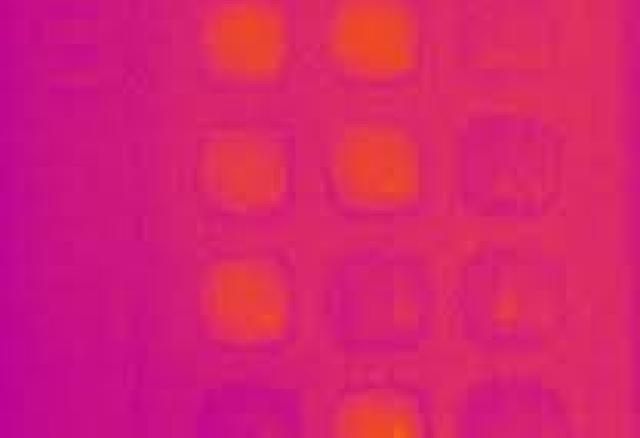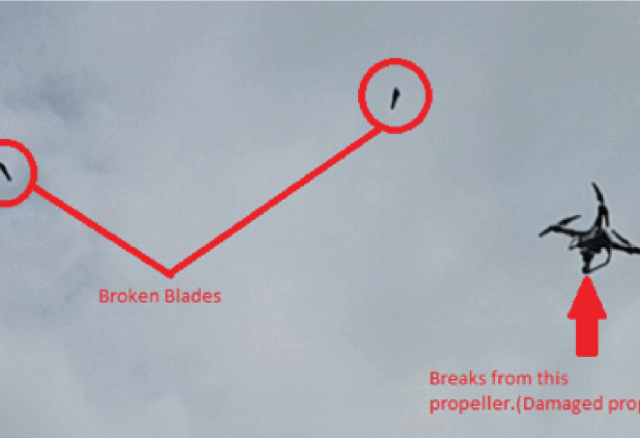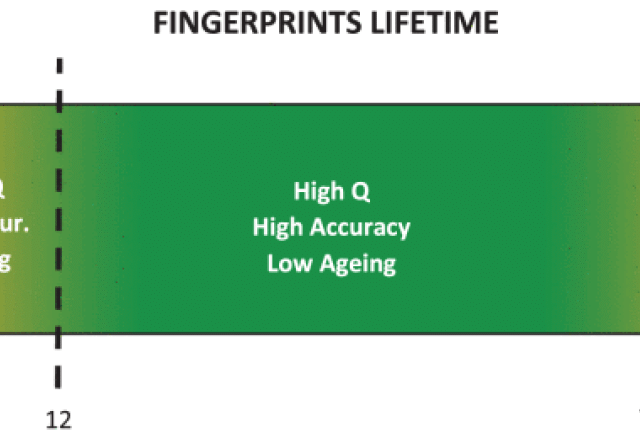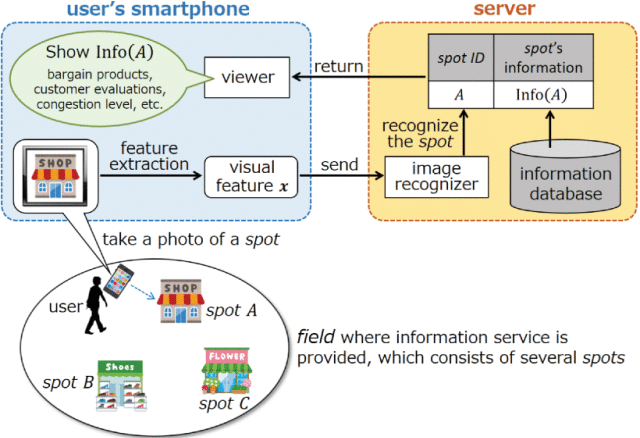Patchwork-Based Audio Watermarking Robust Against De-Synchronization and Recapturing Attacks
Watermarking is a solution for copyright protection and forensics tracking, but recapturing and de-synchronization attacks may be used to effectively remove audio watermarks. Although much effort has been made in recent years, the robustness of audio watermarking against recapturing and de-synchronization attacks is still a challenging issue. Specifically, we first construct the frequency-domain coefficients logarithmic mean (FDLM) feature of digital audio.





